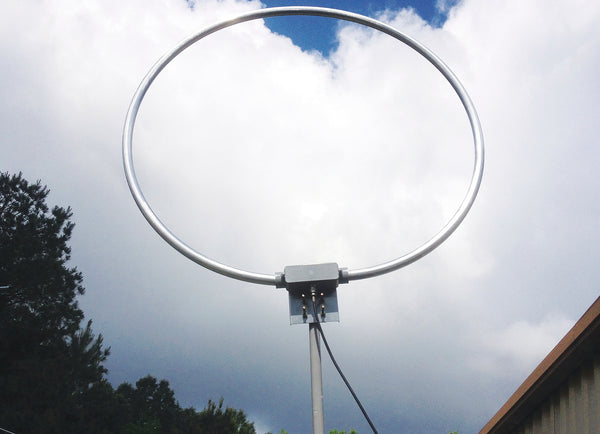iMONITOR
Silent Key
A couple years back I started exploring the use of loop antennas for receive only (no transmit). I chose the MFJ 1886 loop. It was not tunable and claimed it didn't need to be tuned. However I notice several similar competitive loop antennas are tunable. How does MFJ get around this, or do they? Is it because they use fairly large diameter tubing for the loop make the loop wide band to some degree? Let's not get into knocking MFJ, we've all heard the joke. It actually performed very well. Do tunable loops perform that much better? How do the tunable loops hold up outside in the weather? I just read about Wellbrook having issues with corrosion.

 mfjenterprises.com
mfjenterprises.com

MFJ-1886, LOOP, RECEIVING, .5 TO 30 MHz, 110VAC
MFJ-1886 Loop AntennaDig out previously unreadable signals and track down annoying sources of interference with the MFJ-1886 HF Receive Loop The MFJ-1886 Receive Loop gives you tremendous power to copy weak stations through impossibly strong levels of QRN or QRM. Covering AM broadcast through 30...
 mfjenterprises.com
mfjenterprises.com

